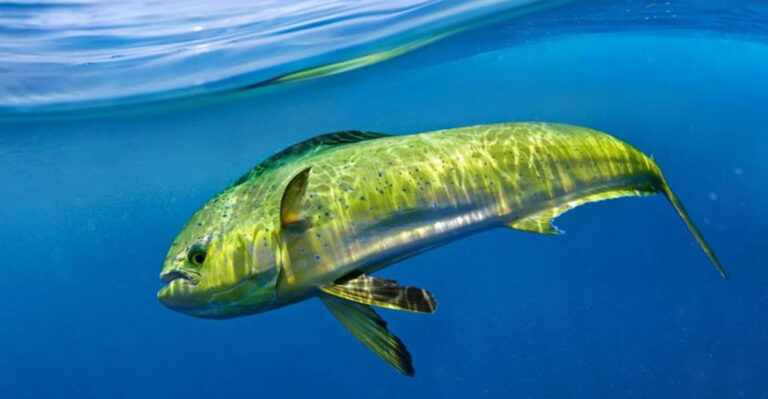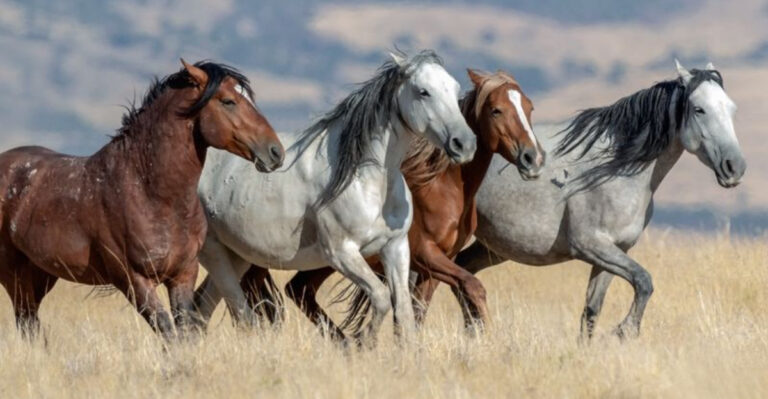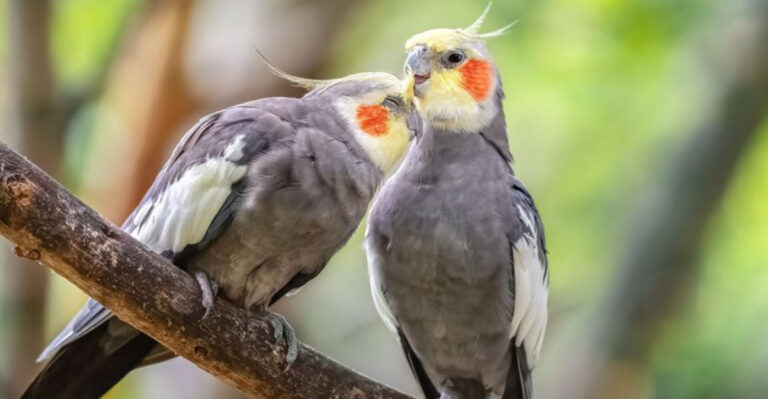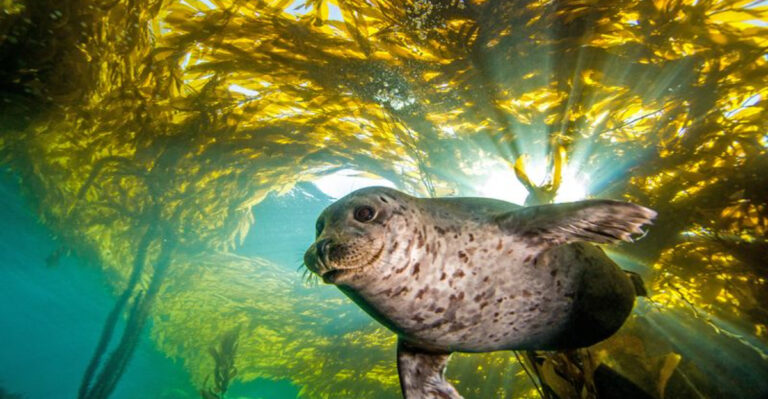13 Surprising Ways Zebras Help Keep Our Ecosystem In Balance
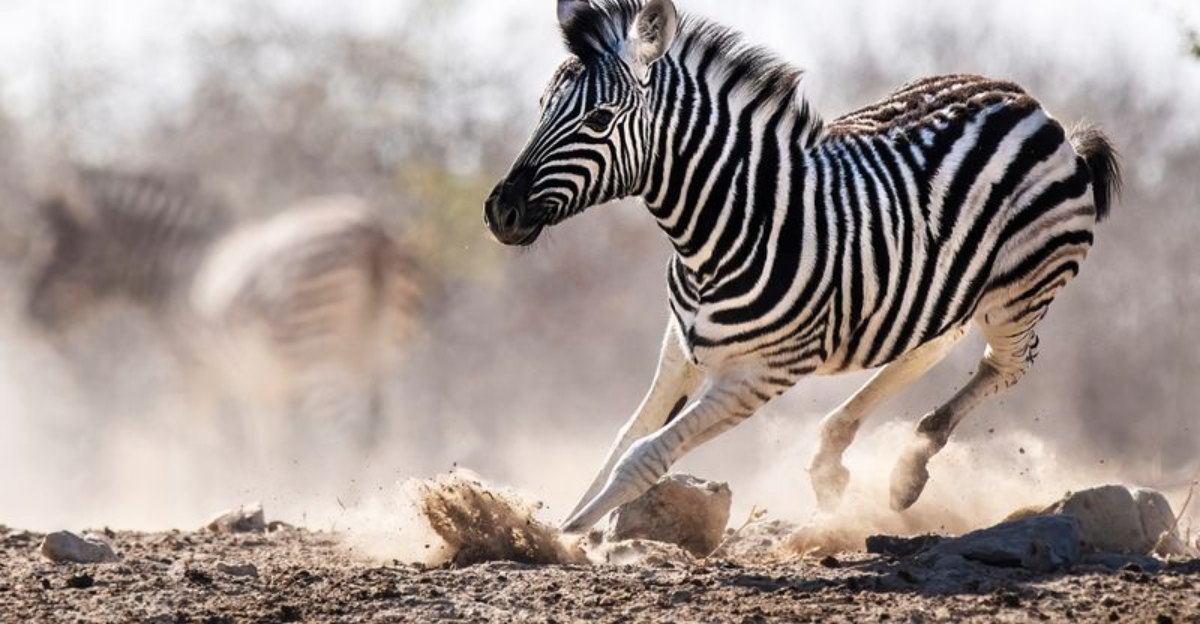
Zebras may seem like just another animal roaming the African savannas, but their impact on the ecosystem is far more significant than most people realize.
From keeping grasslands healthy to influencing wildlife corridors, these striped herbivores play vital roles in maintaining the delicate balance of their habitats.
1. Helping With Fire Prevention
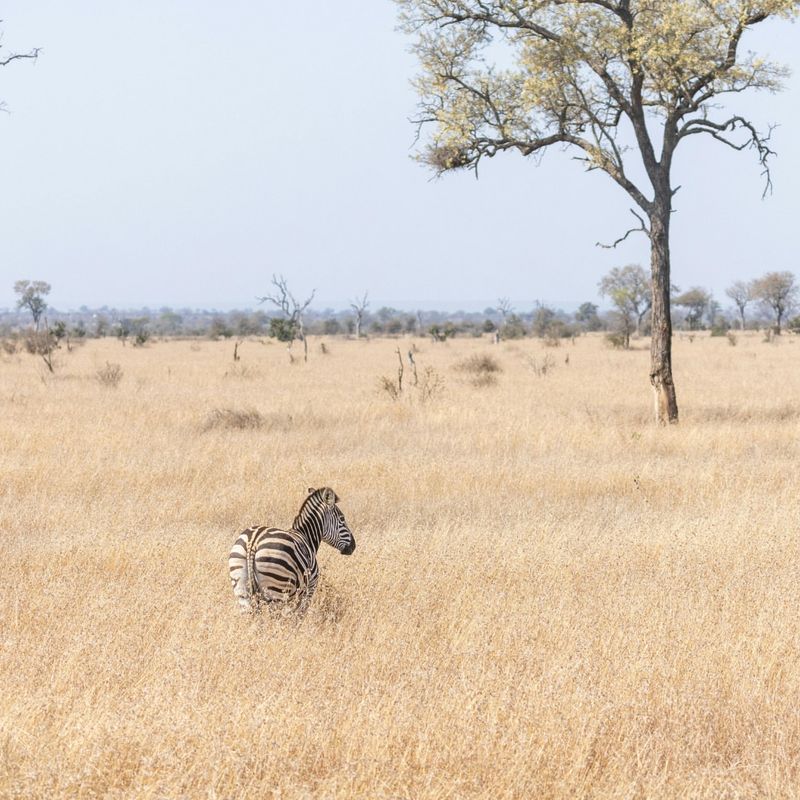
Zebras, through their grazing habits, help reduce the amount of dry, flammable grass in the savannas. By eating grasses and keeping them short, they reduce the fuel available for wildfires.
This not only helps prevent large, destructive fires but also ensures that plant species that thrive in fire-prone areas can regenerate. Their grazing, in essence, helps maintain the ecosystem by controlling fire risks.
2. Promoting Plant Growth
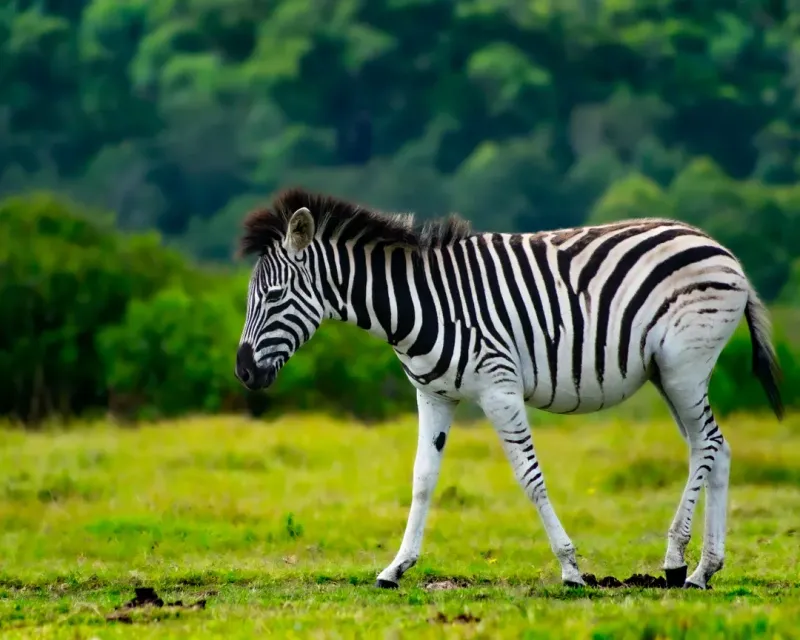
Zebras play a role in the regeneration of plants. By grazing on older, mature plants, they create space for younger plants to grow.
Their grazing encourages the growth of new grass and vegetation, which provides food for other herbivores and keeps the grasslands healthy. The plants that regenerate after grazing are often more resilient to drought and disease, contributing to a more robust ecosystem overall.
3. Grassland Maintenance
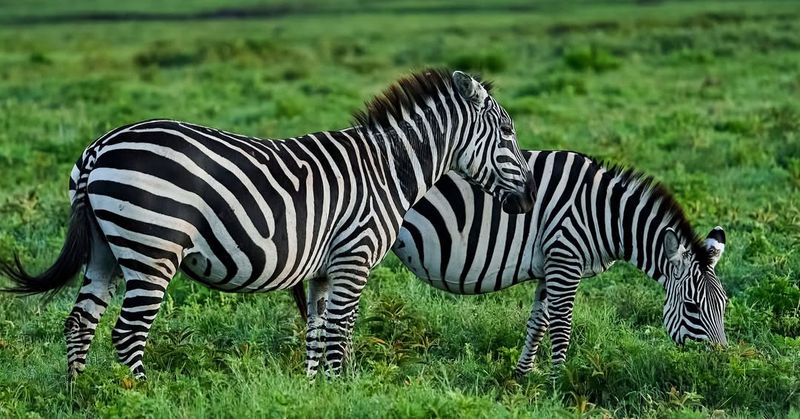
Zebras are natural lawnmowers, grazing on grass in a way that helps maintain healthy grasslands. By grazing on the tallest grasses, they allow shorter plants to flourish and maintain the balance of the ecosystem.
Their grazing also prevents overgrowth, helping to keep the grasslands open for other herbivores and maintaining the delicate biodiversity of these areas.
4. Nutrient Cycling
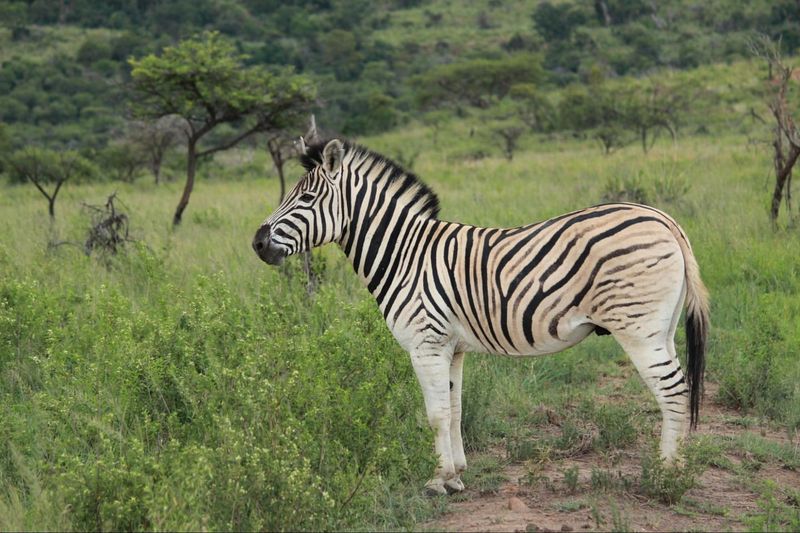
When zebras graze, they not only control plant growth but also contribute to nutrient cycling. Their droppings fertilize the soil, enriching it with essential nutrients like nitrogen and phosphorus.
This process helps to promote the growth of new plants and ensures that the ecosystem remains productive and fertile for all species, from the smallest insects to the largest predators.
5. Seed Dispersal
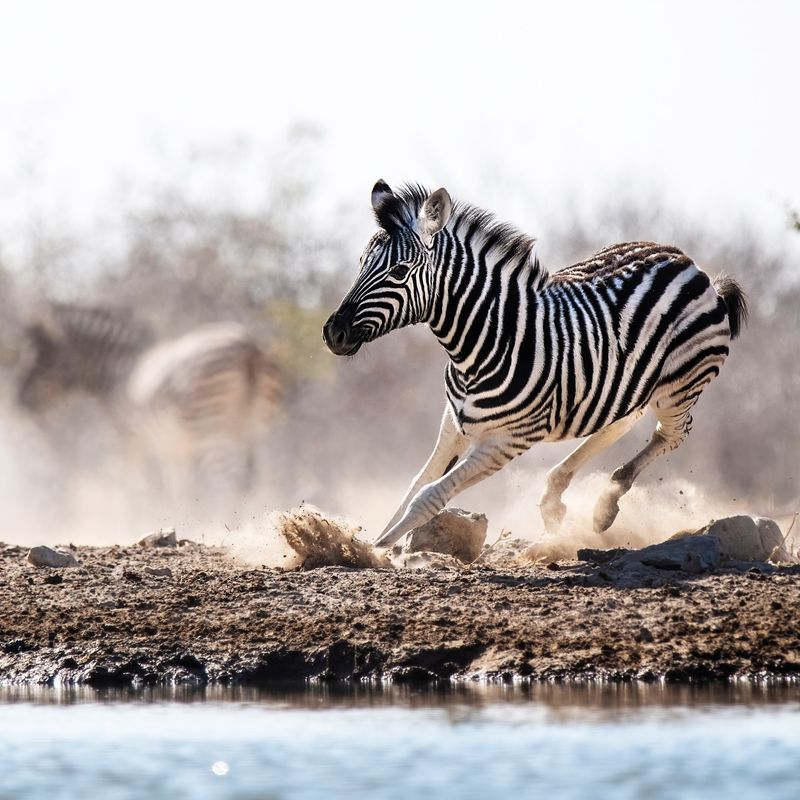
Zebras contribute to plant reproduction by unintentionally helping with seed dispersal. Seeds can attach to their coats as they roam across vast areas, and when zebras move from one location to another, they carry seeds to new areas, helping plants spread.
Additionally, their droppings often contain undigested seeds, which can grow into new plants when dropped in fertile soil.
6. Supporting Predators
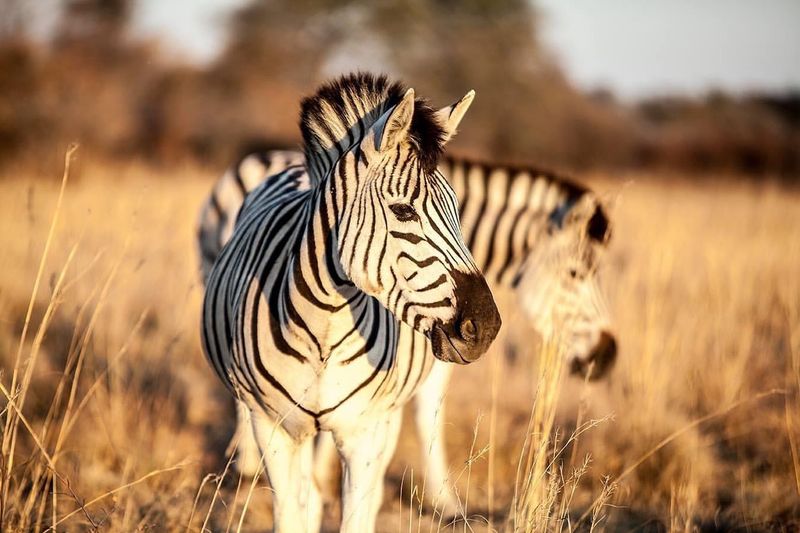
Zebras play a key role in supporting the predators that rely on them as a primary food source. As large herbivores, zebras are an essential part of the food chain.
They provide a steady source of food for carnivores such as lions, cheetahs, and hyenas, helping maintain predator populations and ensuring the stability of the entire ecosystem.
7. Water Hole Creation
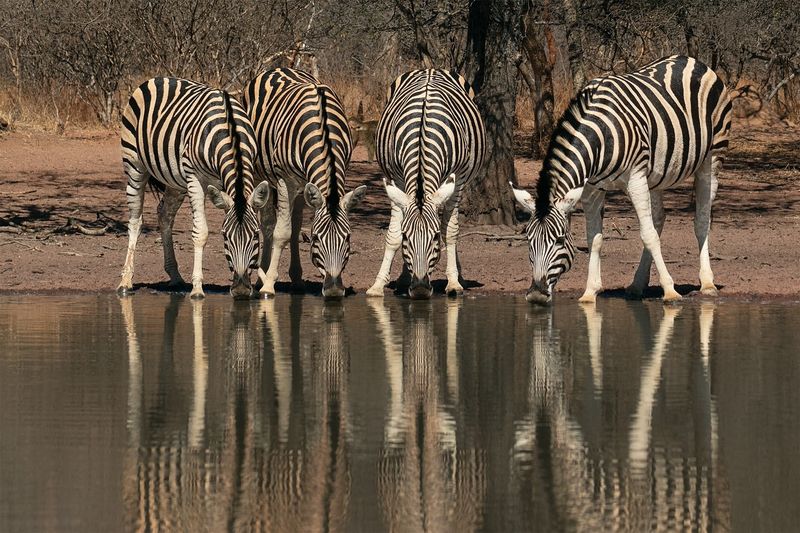
Zebras often dig into the earth near water holes with their hooves, creating depressions that hold water. These depressions help form small, temporary water holes, which are vital for other wildlife during dry spells.
The presence of zebras around these water sources ensures that many species can access water, especially in regions where it’s scarce.
8. Pathway Creation
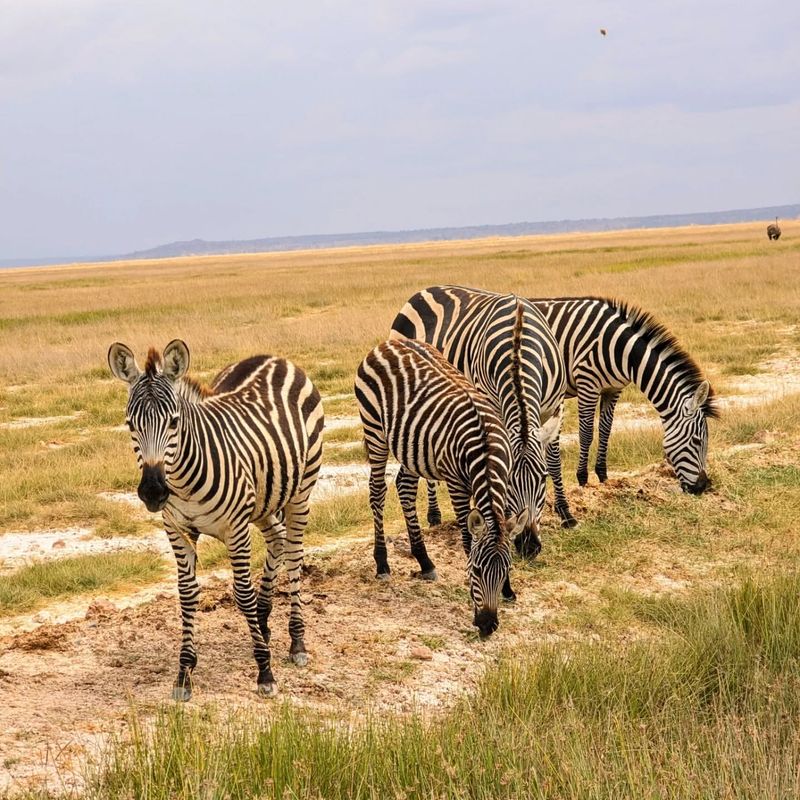
As zebras move across the savanna, they create well-worn pathways that other animals can use. These trails make it easier for smaller herbivores to find food and water, and they allow predators to track their prey more efficiently.
Zebra pathways serve as natural highways that benefit the entire ecosystem, promoting movement and migration for various species.
9. Social Structure Influence
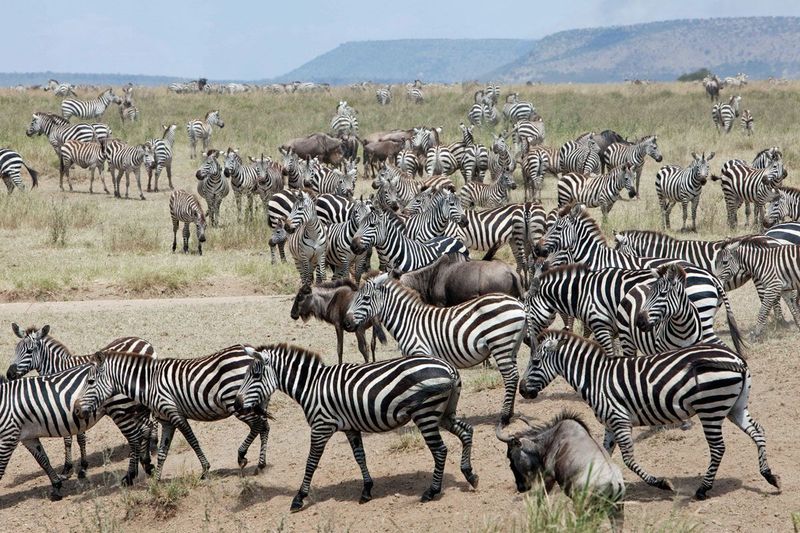
Zebra herds have complex social structures that influence the behavior of other animals in the ecosystem. Their group dynamics help keep the herd together and safe, and this social structure impacts how zebras interact with other species.
Their cooperative behavior can influence migration patterns and even help prevent overgrazing in certain areas, benefiting the whole ecosystem.
10. Ecosystem Engineers
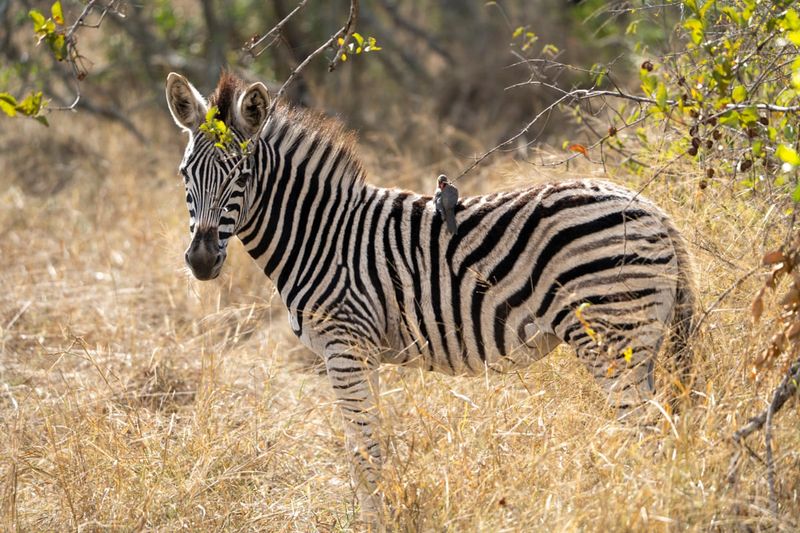
Zebras can be considered “ecosystem engineers” because their behaviors, like grazing, digging, and creating pathways, directly shape their environment. Their grazing habits prevent certain plants from taking over, allowing a diverse range of species to thrive.
Their actions help maintain balance in the ecosystem, promoting biodiversity and a healthier environment for many species.
11. Climate Change Indicators
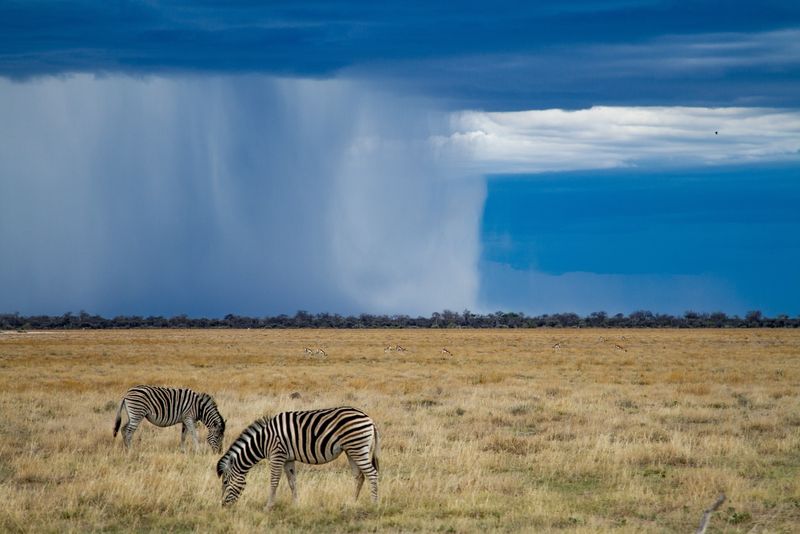
Zebras are also important indicators of climate change. Their movements and behavior can signal shifts in environmental conditions, such as droughts or changes in food availability.
By studying zebra populations, scientists can gain insight into the broader health of the ecosystem and detect early signs of climate change that may affect other species in the area.
12. Enhancing Genetic Diversity
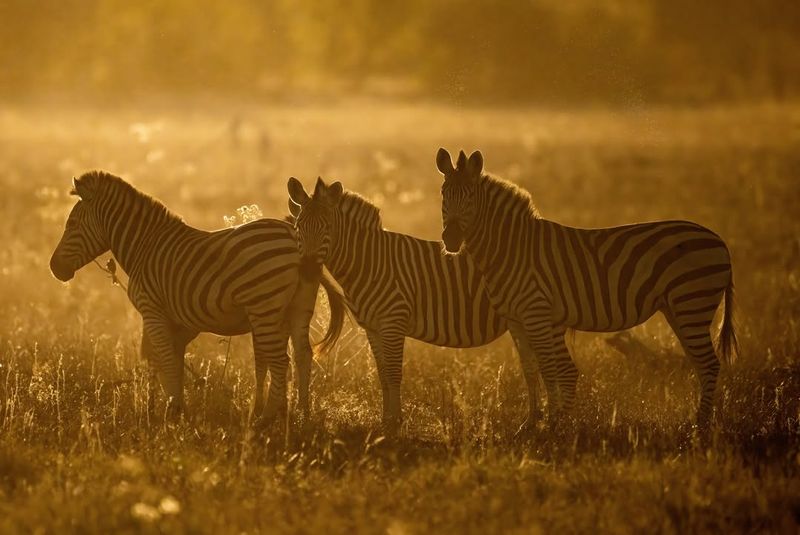
Zebras contribute to genetic diversity within the animal kingdom by interacting with other herbivores and species.
Their varied diet, social behavior, and ability to adapt to different environments help increase the overall genetic health of the species in their ecosystem. This diversity is crucial for ensuring the resilience of species to diseases, environmental changes, and other challenges.
13. Promoting Wildlife Corridors
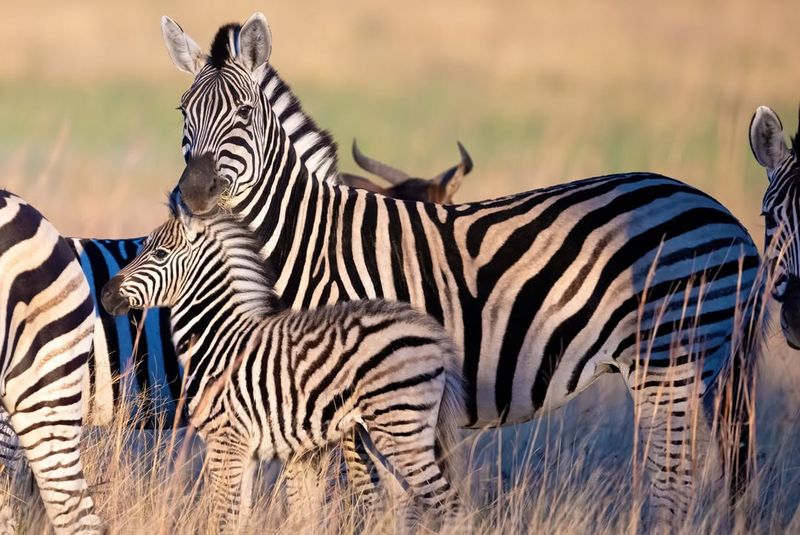
Zebras are often found at the heart of wildlife corridors—those natural routes that connect fragmented habitats and allow species to migrate and interact.
By moving across these corridors, zebras not only benefit from a larger habitat range, but they also help ensure that other species can use these corridors for food, water, and breeding opportunities.

